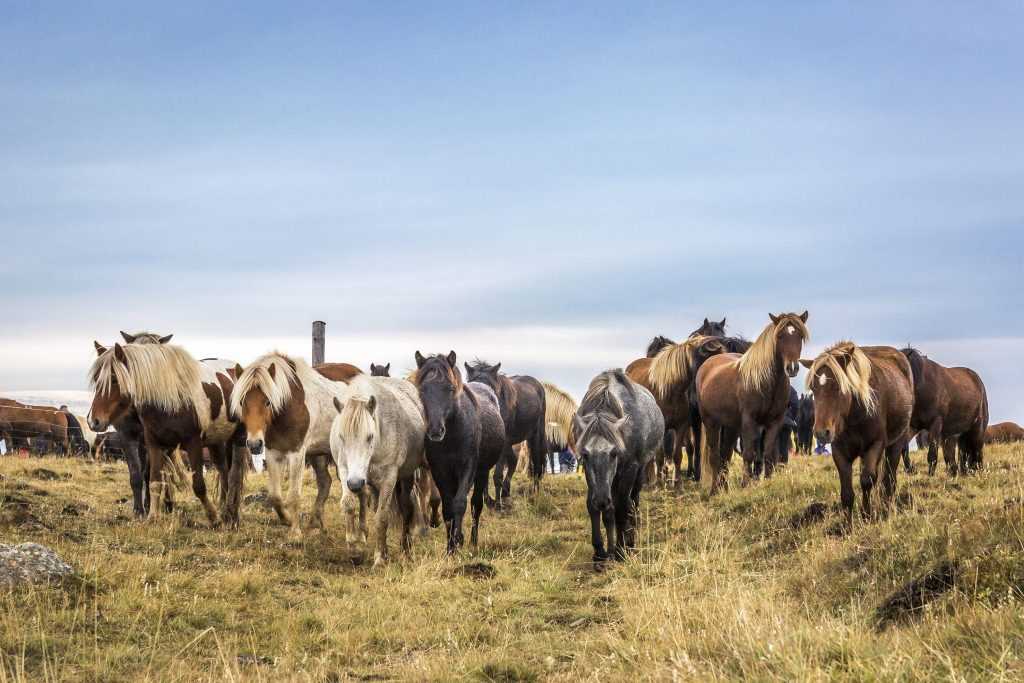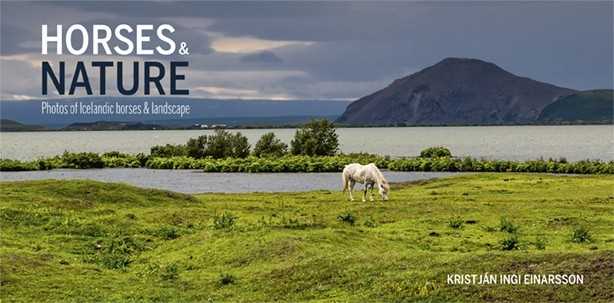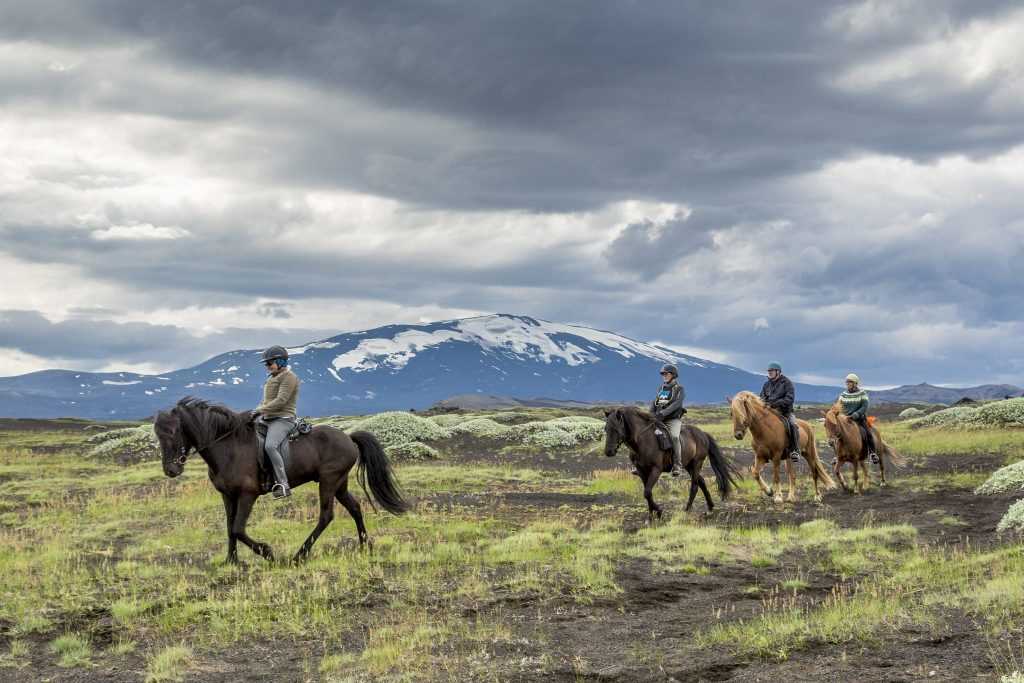
A true companion through rough times
When Iceland was settled before the year 1000 AD, settlers not only brought sheep and household items on their small sailing vessels. Horses joined the dangerous trip across the northern seas. First findings of saddles and bridles date back to 10th still was pagan and people believed in the god Odin who rode Sleipnir, an eight-legged shamanic horse with magic powers.
Icelandic saga literature is filled with stories about horses, not only as a means of transport in daily life, but as a sign of wealth and object of desire. The most famous example was the horse Freyfaxi in Hrafnkel’s saga. Nobody was allowed to ride Freyfaxi, and a fatal feud started when Hrafnkel’s shepherd, Einar, ignored the ban and was subsequently killed by his master.

Brave partners
The Icelandic horse is a small, sturdy breed from Scandinavia that came with the settlers. It must have been a brave one, too, with strong nerves, considering the long boat-trip to Iceland. In post-settlement centuries, merchants added horses from the continent, and the Icelandic breed developed into what we have today: a small riding horse with a height of around 138cm (54in or 13.6 hands) to the highest point of the withers; sure-footed, with a nice and willing temperament; tough and resilient in its physical strength, a friendly and independent, gregarious animal.
 Icelandic horses have survived harsh winters, famine, and volcanic eruptions and assisted man as partners in ploughing, harvesting and carrying heavy loads like fish, timber, hay or stones.
Icelandic horses have survived harsh winters, famine, and volcanic eruptions and assisted man as partners in ploughing, harvesting and carrying heavy loads like fish, timber, hay or stones.
Cars only came to Iceland after World War II. Until then, a group of horses would carry people long distances, through deserts of lava, ice and sand, crossing glacial rivers on small boats or by swimming. Machines have taken over labour and traffic now. However, for one job, the Icelandic horse still is practically irreplaceable: gathering the free-ranging sheep from the Highlands in early autumn. Here the secret bonds between man and horse are still tangible.
Famous poems have praised the horse through the ages. In olden times, horses were often buried next to their late owners to demonstrate the strong relationship. This, of course, is no longer allowed, but as late as 1920, a farmer in South-Iceland decided to share a grave with his horse, on the slope of a mountain they both loved to explore.

Tölt – the long-distance gait
Unlike other breeds, Icelandic horses have two additional gaits: tölt and pace. Tölt is a four-beat lateral gait with only one foot carrying the weight at a time, providing a smooth and comfortable ride on long distances. The pace is a fast, two-beat lateral gait used for racing over short distances.
In the Middle Ages in Europe, the special tölt gait almost disappeared in breeding, as it was not suitable for carriages. In the inhospitable Icelandic landscape, carriages have never been used, and the tölt survived.
In the 16th for pleasure through Iceland’s beautiful landscape. Just as in the old days, people join highland and cross country riding trips with 2-4 horses, changing their riding horse about once an hour to keep them fresh and willing. Visitors can also enjoy the qualities of the horses in numerous shows and competitions during the summer.
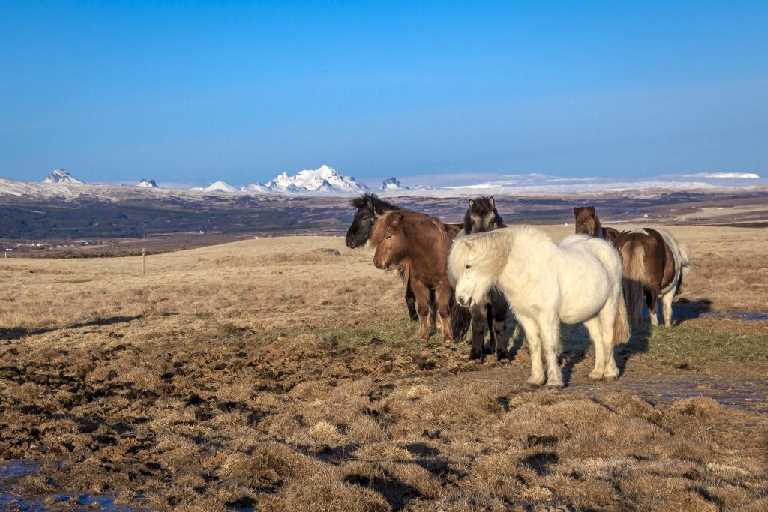
Today’s athletes
In order to protect the stock’s health, Iceland banned the import of horses in 1909. Since the 1950s the export of Icelandic horses to the continent has increased, in the post-war years as working horses, and later as athletic riding companions. With a total population of 300,000 Icelandic horses worldwide, they can be found in almost any European country, the US and New Zealand. Every second year, a world championship takes place to present the best horses of the breed. Due to their hardiness, they are also popular in endurance competition. One of the most successful endurance horses in Europe is an Icelandic horse. In the US, a 25 year old Icelandic endurance champion, Remington, just completed his 209th sports.
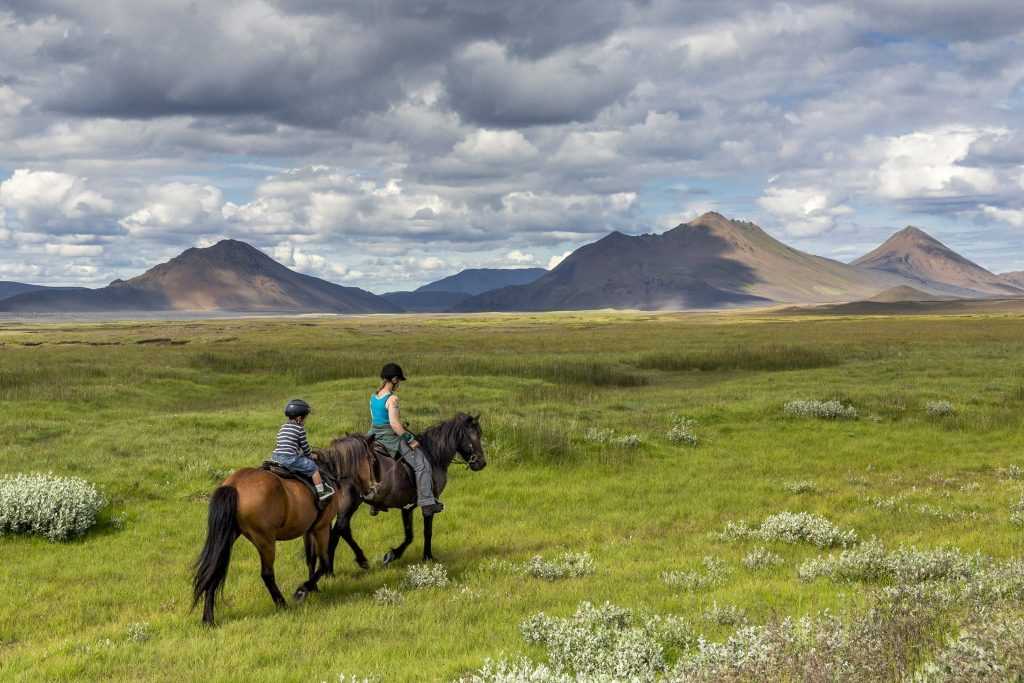 Horses form a strong part of Icelandic culture. Colourful herds, graze calmly on endless meadows, braving the elements. There is nothing so peaceful as being with them on a sunny day and no freedom like riding them through lava fields and across rivers, as men did hundreds of years ago.
Horses form a strong part of Icelandic culture. Colourful herds, graze calmly on endless meadows, braving the elements. There is nothing so peaceful as being with them on a sunny day and no freedom like riding them through lava fields and across rivers, as men did hundreds of years ago.
